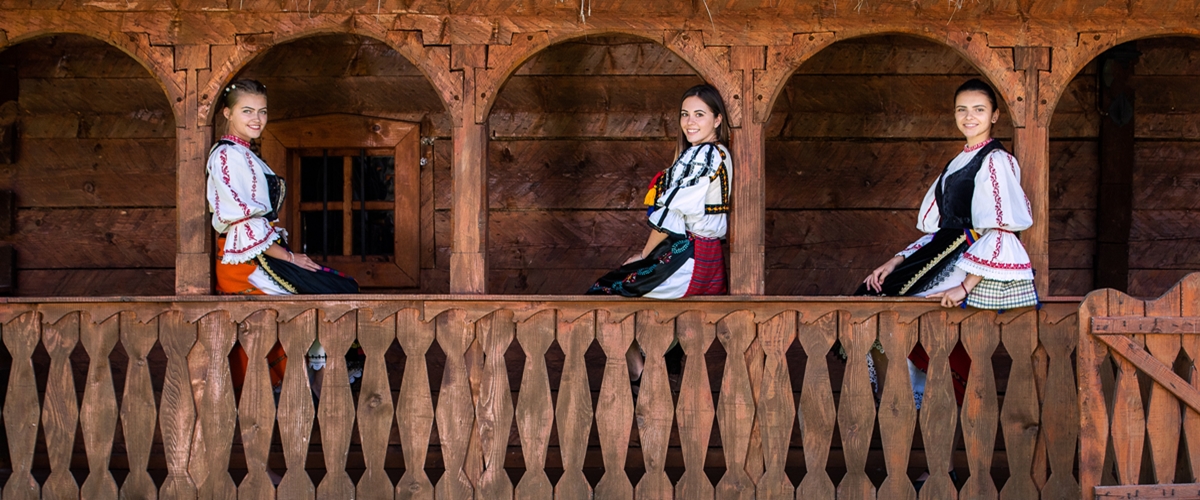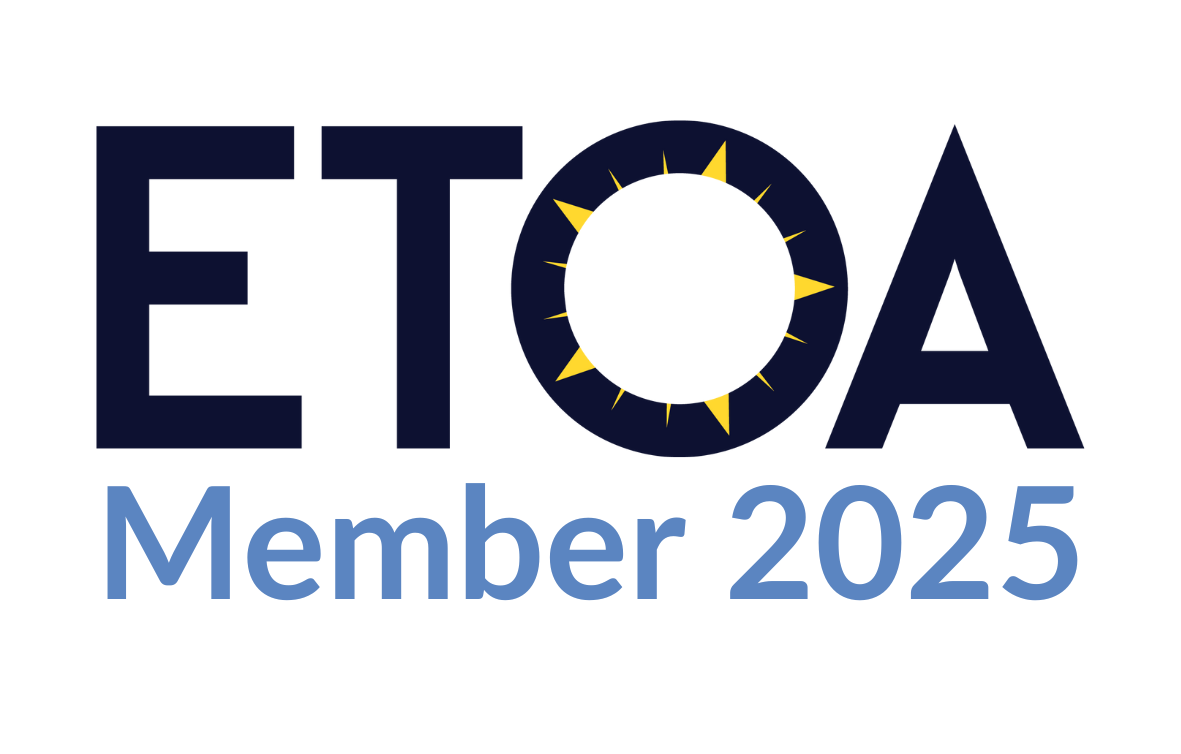Romanian Folk Costumes
The common attire of Romanians is derived from Thracian, Dacian, and Getae forebears and is similar to that of the Balkan Peninsula peoples, with distinctions consisting of ornamental and colourful embellishments. For example, following the Dacian Wars, women's pictures engraved on Trajan's Column in Rome offer information on their dress. Dacian ladies wore neck-ruffled shirts. Sleeves might be long and broad or short and narrow. The dress was floor-length, with a large flowing mantle attached at times. They wore leather sandals in the summer and fur sandals in the winter on their feet.
During World War I, the popular attire that had spread throughout traditional communities remained only in the daily lives of the older generation, becoming a ceremonial vestment. Some collections with "national motifs" were edited in rural areas by textile fibre and dye industry manufacturers. These changes slowed the creative process of costumes in families during the communist era.
Nowadays, the principal wearers of peasant attire are folk music soloists, folk dance groups and performers in TV programmes and movies.
Men's clothing
Ițari. The ițari are characteristic for Moldovans and are a pair of long peasant trousers made of țigaie (a unique breed of sheep wool) that had a length of 2 m but were crimped on the leg from ankle to knee due to their narrowness. They were worn in both the summer and winter seasons. Summer iţarii are manufactured with pânză de sac (bulky cotton).
Cioareci. Cioareci are peasant trousers made of white woollen material (dimie, pănură, or aba) and sewn in four strands, making them thicker than ițari. Cioareci are canvas or baize stockings worn by ladies throughout the winter in Banat. Cioareci without creţi may be seen in Moldova and are worn on working days. They are also called as bernevici. Trousers are worn over boots or shoes in the south and Moldova, but tucked into the tops of boots in Transylvania.
Opinci. Peasant sandals (Romanian: opinci) are the earliest style of footwear, worn with hemp canvas, woollen or felt foot coverings (Romanian: obiele) or woollen socks (călțuni). Evidence for this type of footwear may be found on a clay foot discovered in Turdaș approximately 2500 BC. Romanian: Opinci were worn across Romania and a large region of south and east Europe, where they were known as opanke (Serbia), tservuli (Bulgaria), Romanian: opinci (North Macedonia), and and so on. Opinci are made from a single rectangle of cow, ox, or pig skin that is collected in various ways around the foot.
Pieptar. The pieptar is an embroidered sheepskin vest that comes in two styles: open (spintecat) and close (înfundat), with the one having a conventional front cut and the second having a side open to be closed with buttons or worn over the head like a pullover. They were often made of sheepskin, with the sheared or non-heared fur worn inside for warmth and the embroidered portion worn outside.
Cămașă. Cămașă is the Romanian name for shirt, and the diversity of cuts and styles is remarkable differing widely not just by region but also by age, status, and vocation, only to be surpassed in variety by women's shirts. They were traditionally made of hemp or linseed linen, and subsequently cotton.
Suman. The suman is a long peasant coat, a cold weather garment worn by both sexes, generally knee-length, made of white, cream, brown, grey, or black woollen material (felt) and ornamented with different găitane. It's also spelt ţundră, zeghe, or dulamă. They were often fashioned rough at home by the poor or by specialised suman makers from strips of shrunk woven boiling wool fabric, which were treated in water-powered fulling-mills known as "vâltoare." Sumans range in thickness from a few inches of delicately woven material in the south (Oltenia and Dobrudja) to a rough two inches in the north (Maramures).
Chimir and brâu. The girdle, a thick belt composed of leather in the case of chimir or woven textile in the case of brau, was extremely valuable.
Căciulă. In the winter, Căciulă are worn across Romania and most of the nearby Balkan nations. Fur caps are mostly black and produced by furriers, while white căciulă are worn in sections of Banat and grey in central and northern Moldova.
Women's clothing
Ie. Ie is a style of blouse or shirt with a distinctive gathered collar that has existed since ancient times. It is also known as the "Carpathian shirt," as it is worn by Slavic (Bulgarian, Serbian, Ukrainian, and so on) peoples. Upper arm embroidery defines the complete outfit; it is generally regarded as the pinnacle of needlework and embellishment. Through the motifs and colours utilised, each blouse offers a captivating tale about the place from which it originates.
Fotă. The fotă is a lavishly embellished wrap-around skirt constructed from a rectangular piece of woollen cloth that is worn around the waist. It can also be formed of two pieces of woven material that cover the front and rear of the torso (much like an apron) .The fotă is woven on four heddles from woollen material or cotton combined with wool. Except for the hem in certain parts, it completely covers the underskirt (poale). The first fote were constructed of black or greyish brown cloth with natural wool colouring.
Maramă. The maramă is a head covering that is mostly worn in southern Romania, southern Moldova, and southern Transylvania. Marame, which may have an eastern origin, is ornamented with white motifs woven onto a white backdrop and frequently gathered towards the ends. Coloured geometric motifs may be seen in Argeş designs. The godmother customarily gives the bride a basma or maramă after the wedding rituals of "bride's binders" and "bride undressing."
For generations, the essence of Romanian traditional attire has remained the same. The major component of men's and women's folk wardrobe is a white chemise made of linen or cotton. Ladies tied belts or aprons around their waists. The cut and ornamentation of outer clothes vary from region to region.




.png)




